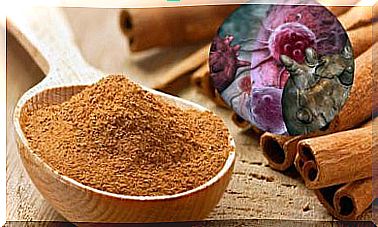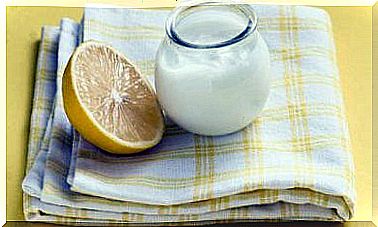5 Ways To Fight Dampness At Home
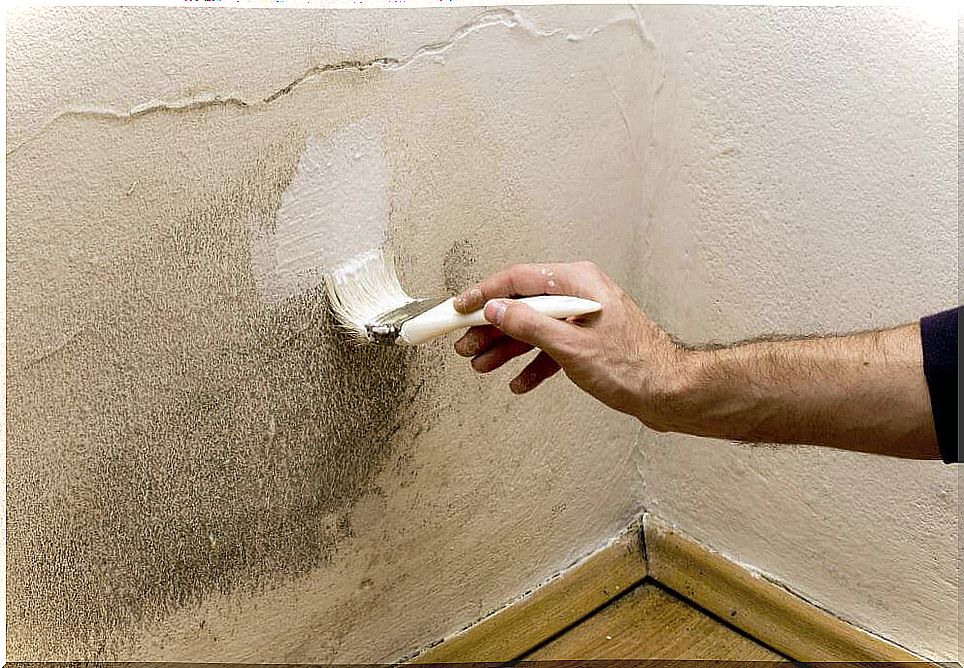
Humidity is a real problem in many homes, especially those located in areas most likely to suffer from this weather condition. Fortunately, there are some simple tricks to fight dampness at home. Here we’ll talk about how you can get rid of this problem and its consequences.
What consequences does moisture have on a home?
As with the outdoor environment, a percentage of indoor humidity that exceeds 40% or 60% is considered high, according to this report from the US Centers for Disease Control and Prevention, and can cause different problems in your home. These are some of them:
- Mites
- Bad smell
- Bacteria and Fungi
- Mold on walls and corners
- Deterioration of furniture and various objects
In addition to creating a bad impression, moisture is a health problem. Those who suffer most are people who are allergic or suffer from respiratory illnesses. Therefore, it is very important to take all the proper steps to remove moisture from a home. How can we do that? Here are some recommendations:
Tricks to fight moisture at home
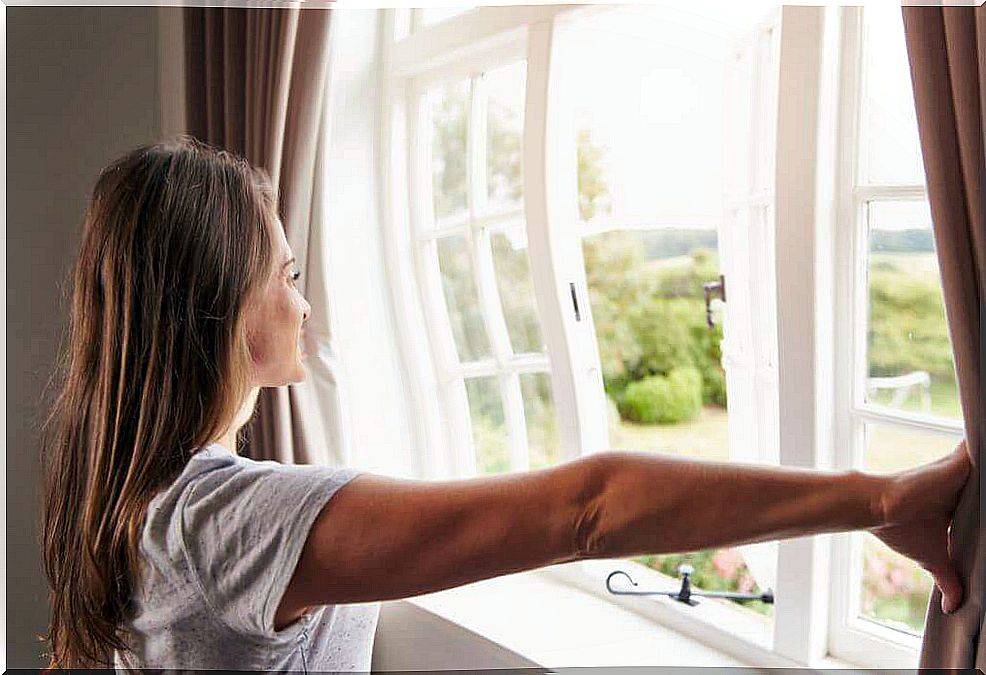
1. Ventilation
We can say that this is the main one of all the recommendations that we will present here. You should always maintain adequate ventilation in your home, especially in areas where you may have moisture problems.
Air conditioning can help keep areas of your home free of moisture where there is not much natural air. Anyway, don’t abuse it, it is necessary that the air we breathe is a little humid to avoid lung diseases, as stated in this Lung Foundation Foundation report, and nasal congestion.
2. Recognize the sources of moisture
If you find an area of your home where the humidity is very high, you should look for the cause of this problem. In general, if there are broken pipes or water leaks in places that are out of sight, it reflects on the walls; little by little, they will start to stain.
You should keep in mind that if you don’t try to fix these leaks right away, the condition can be aggravated and cause flooding.
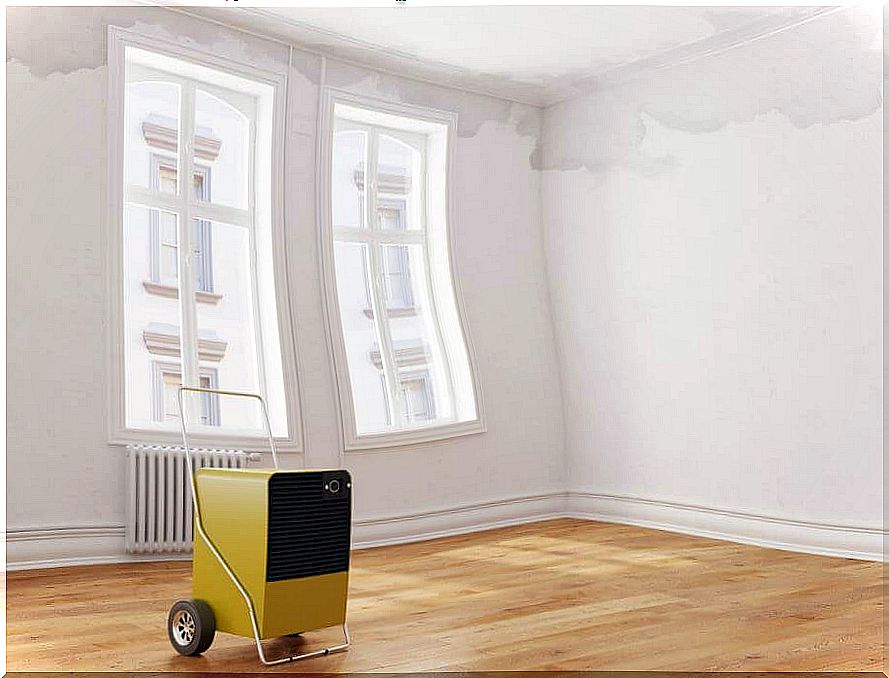
3. Use a dehumidifier
This appliance is ideal for rainy or cold regions. In them, moisture usually accumulates easily, as there is no possibility of permanently ventilating the house as in other areas.
So if you want to fight moisture at home, you can use them to absorb and drain moisture easily.
4. Remove moisture with salt
To do this, you will need a flat container and a kilo of coarse salt. Just put the salt in the container and after a day or two you will have absorbed most of the moisture.
Salt is one of the elements with the greatest absorption capacity. In addition to being very useful for removing moisture in the home, it can also be used to remove stains on clothes. The moment you notice that the salt is too wet or even black, it’s time to replace it.
5. Other tricks to avoid dampness
In addition to the recommendations mentioned above, it is also important to prevent moisture from entering or remaining in the house. How to get this? With these simple tips:
- When you cook, turn on the air exhaust.
- Room heating must never exceed 20 °C, as this favors the appearance of moisture in walls and rooms.
- When you do laundry, hang it outside to dry. If you leave it indoors, moisture will be transmitted to the rest of the room.
- Do not accumulate too many plants in the same environment. This will favor the production and conservation of steam, which is the steam that certain elements emit.
Finally, you should also take into account aspects such as natural lighting and drafts in your home. Windows and doors should be placed in a way that encourages sunlight. In addition, you can also consider moving furniture to allow air to circulate around your home.


